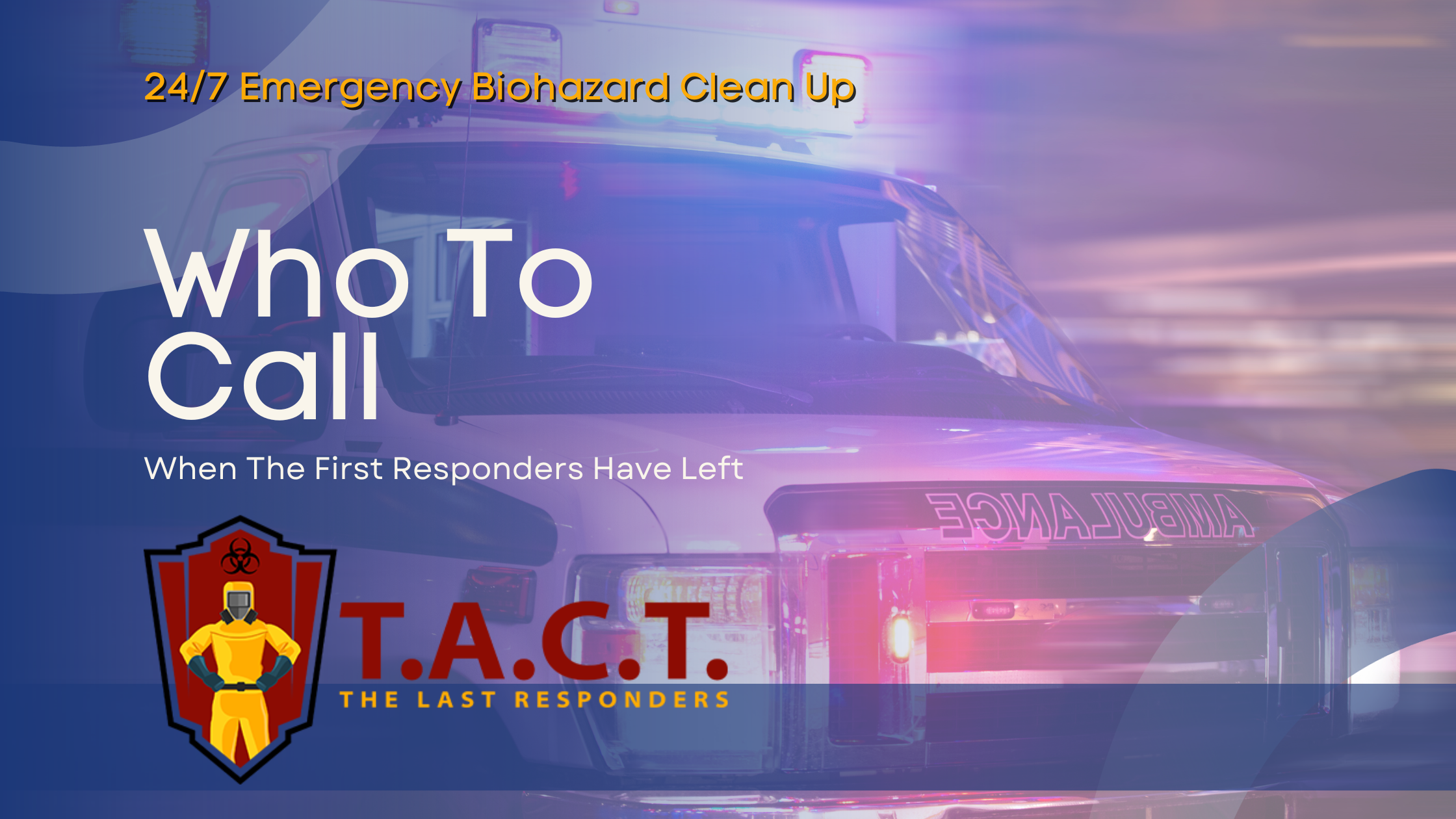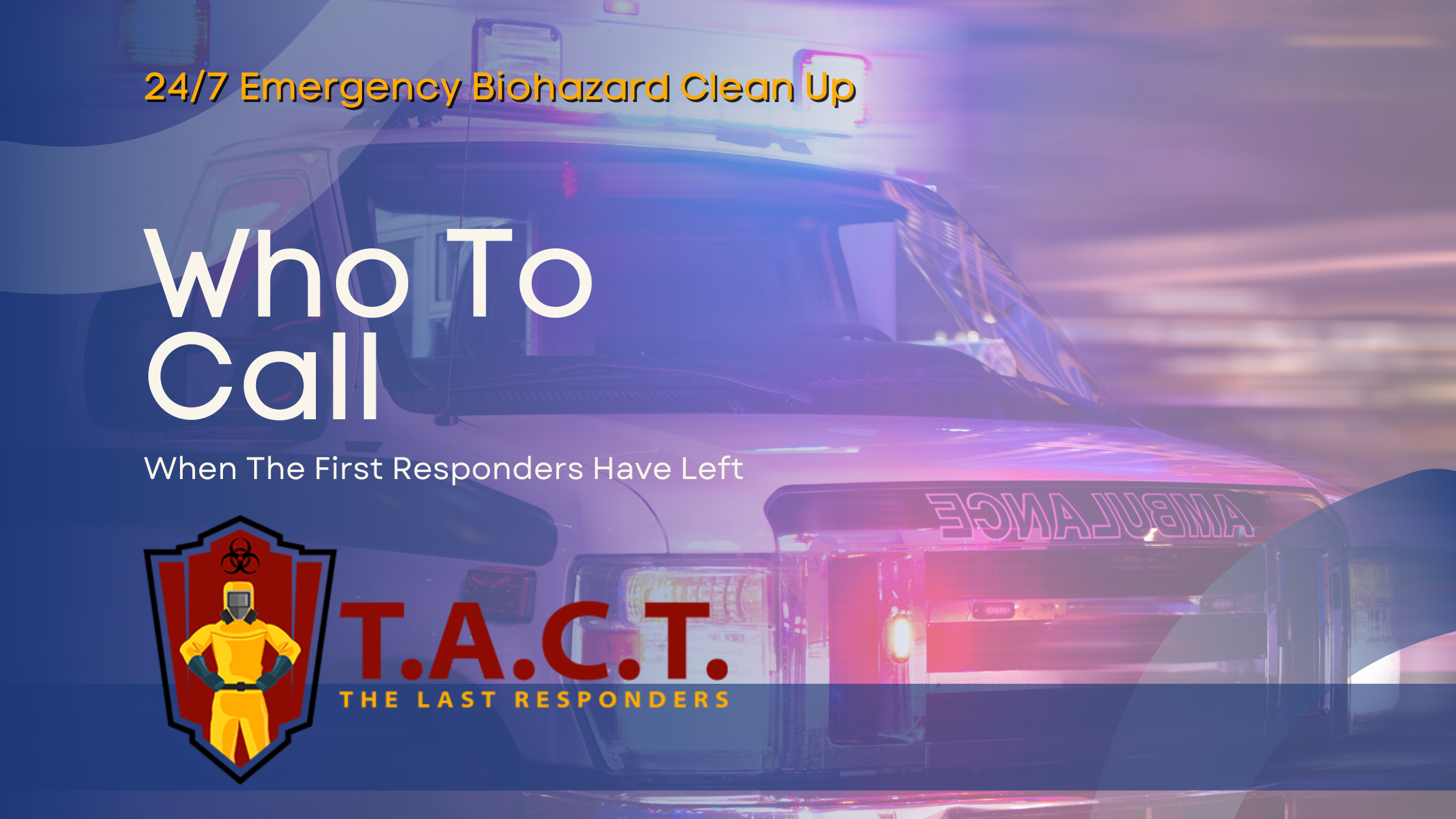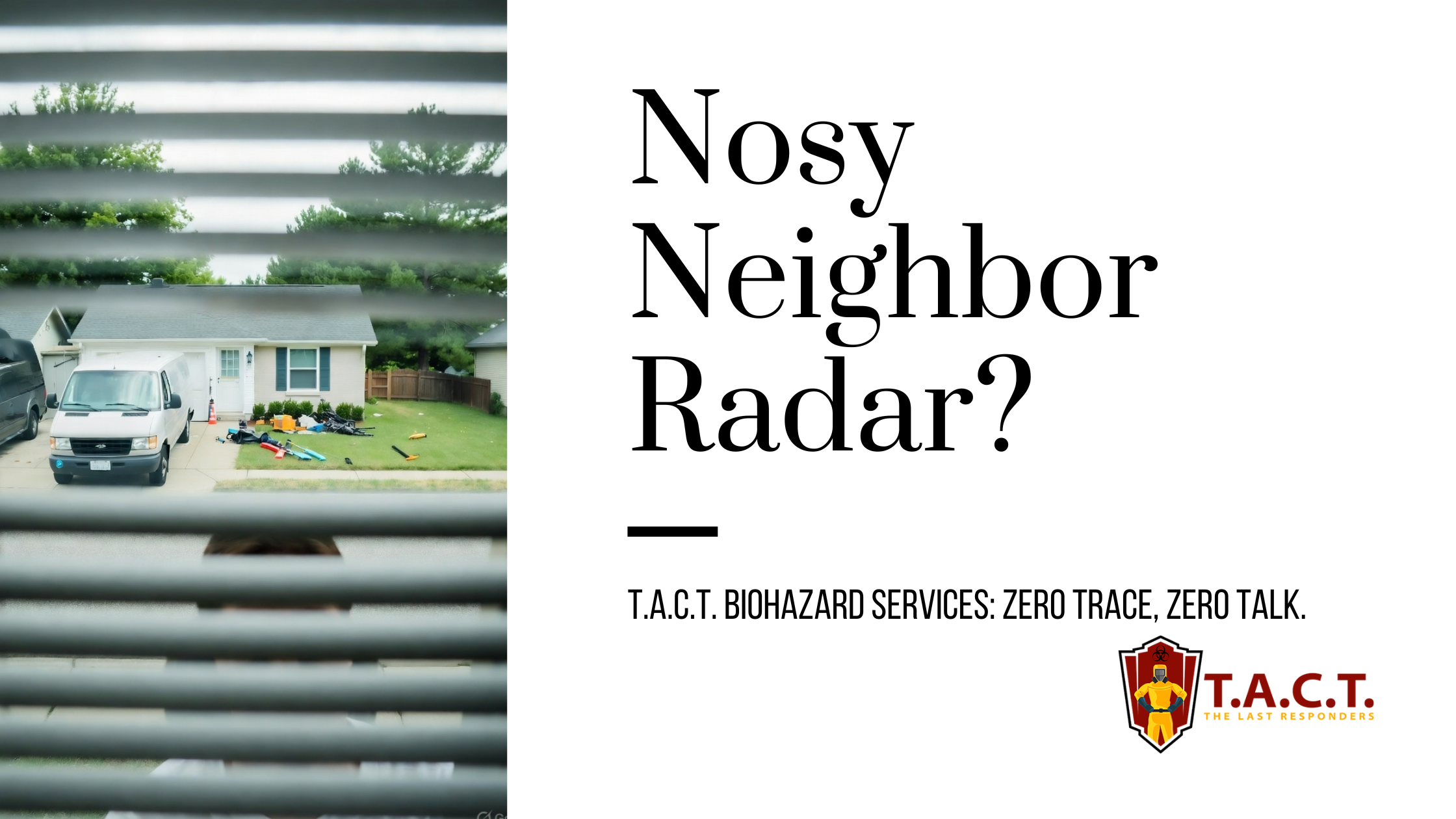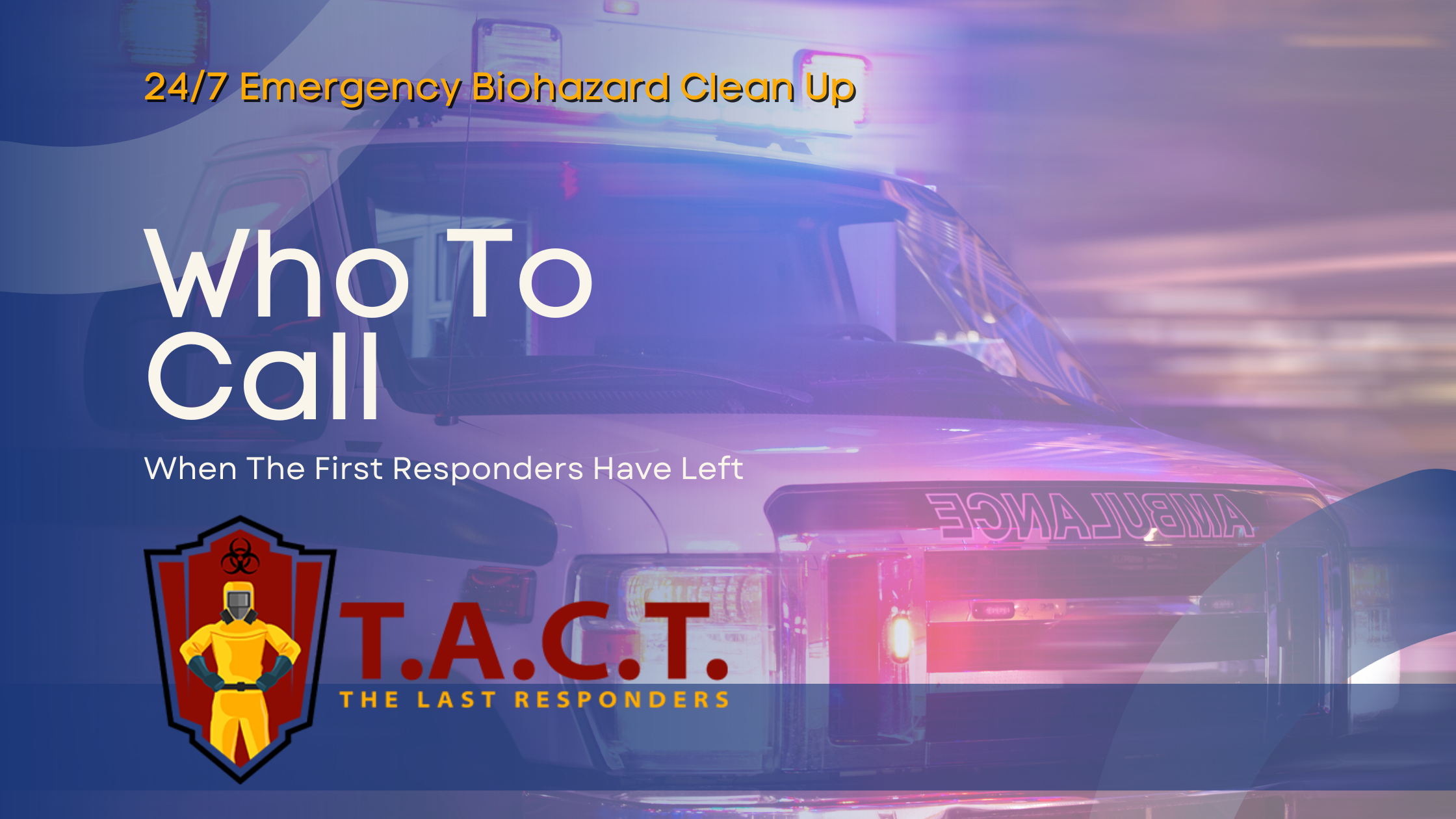Understanding mold remediation clearance test

Understanding Mold Remediation Clearance Testing
Introduction to Mold Remediation and Testing
Mold remediation is a process that addresses visible mold growth and unseen mold spores present indoors, which can cause health issues and structural damage if not properly remediated. Mold clearance testing is a crucial step in both residential and commercial properties to ensure all contaminants have been removed.
Clearance testing is essential to validate the success of mold remediation by confirming mold is no longer present, ensuring a safe indoor environment after remediation. This process involves collecting samples from different rooms and work areas to verify the absence of contaminants.
A mold clearance inspection, also known as a post-remediation inspection, is performed after mold remediation to verify effective mold cleanup and satisfy disclosure requirements. An independent contractor or testing company should perform the clearance inspection, and samples are sent to a lab for analysis.
The goal of mold remediation is to eliminate abnormal indoor mold colonies and reduce airborne mold spores to normal limits, preventing cross-contamination and harmful effects. Various environmental factors can affect the results of mold clearance tests.
Mold assessment and testing are crucial steps in the mold remediation process, helping to identify the extent of the mold problem and determine the best course of action. A standardized form is used to document inspection criteria and results.
Remediation companies and independent contractors each have a specific job in the process: remediation companies perform the cleanup, while independent contractors handle verifying the effectiveness of the remediation. The job of the inspector includes collecting samples, conducting tests, and verifying that all work areas and rooms are free of contaminants.
The Importance of Assessment and Testing
A thorough visual inspection is essential to detect mold growth, moisture content, and water damage in the affected area, and to identify potential sources of mold contamination.
Mold testing, including air and surface samples, is necessary to determine the presence and extent of mold spores, and to verify the effectiveness of the remediation work.
A testing company should be independent of the remediation company to ensure unbiased results and prevent conflicts of interest, providing due diligence and protecting occupants from harmful effects.
Post-remediation verification (PRV) is critical to ensure that the remediated area is safe for occupancy and that no further remediation is needed, reducing the risk of re-inspection and additional costs.
Clearance inspection criteria and protocols should be followed to ensure that the indoor environment is free from mold contamination and that the remediation process is completed correctly.
Remediation Procedures
Remediation procedures are at the heart of an effective mold remediation process, ensuring that both visible fungal growth and hidden mold spores are thoroughly addressed. The first step typically involves a detailed visual inspection of the affected area to identify all sources of mold growth and pinpoint areas with elevated moisture content or water damage. This assessment allows the remediation company to determine the full scope of the mold problem and develop a targeted plan for removal.
Once the assessment is complete, the remediation company will begin by containing the work area to prevent cross contamination with other areas of the property. Specialized equipment such as air scrubbers is often used to capture airborne mold spores and maintain air quality throughout the remediation project. Contaminated construction materials, including drywall, insulation, and carpeting, are carefully removed and disposed of to eliminate sources of mold and prevent further spread.
After removal, all surfaces within the containment area are thoroughly cleaned and disinfected to ensure that any remaining mold spores are eradicated. The remediation company will also address the underlying causes of mold growth by correcting moisture issues and ensuring that the indoor environment is maintained at normal limits for humidity and moisture content. This step is crucial to prevent future mold problems and protect the health of occupants.
Once remediation work is completed, a testing company independent from the remediation company should perform clearance testing and a post remediation inspection. This process includes a visual inspection of the remediated area and the collection of air and surface samples for laboratory analysis. The goal is to verify that mold levels are within normal limits and that the area is safe for re-occupancy. If the clearance inspection reveals any remaining contamination, further remediation may be required, and a re inspection will be scheduled to confirm that all issues have been resolved.
Throughout the remediation process, it is important for property owners to maintain documentation of all procedures, testing results, and certifications to satisfy disclosure requirements and demonstrate due diligence. In the event that remediation work is not performed to standard, a formal complaint can be filed, and additional steps may be necessary to ensure the mold problem is fully remediated.
By following established remediation procedures and working with reputable companies, homeowners and businesses can effectively remediate mold, protect their indoor environment, and prevent the harmful effects of mold contamination. For more information on mold assessment, remediation services, or to schedule a mold clearance inspection, contact a trusted remediation or testing company to ensure your property remains safe and healthy.
Ensuring Successful Remediation and Clearance
The remediation company should provide documentation of clearance test results, including laboratory reports and certification, to verify that the mold remediation process was successful.
Containment areas should be properly cleaned and cleared to prevent cross-contamination and ensure that the remediation work is effective, reducing the risk of further remediation and harmful effects.
Air scrubbers and safety measures should be used during remediation to reduce airborne mold spores and prevent the spread of mold to other areas, maintaining good air quality and preventing contamination.
The remediation process should include the removal of construction materials, dust, and debris, and the cleanup of the affected area to prevent re-growth of mold, ensuring a safe and healthy indoor environment.
A formal complaint process should be in place in case of disputes or issues with the remediation work, providing a clear and transparent process for resolving problems and ensuring customer satisfaction.
Finalizing the Remediation Process
Once the remediation process is complete, a final inspection should be performed to verify that the area is clear of mold and that all work has been completed correctly, ensuring that the indoor environment is safe and healthy.
A certificate of clearance should be issued by the testing company, providing documentation that the mold remediation process was successful and that the area is safe for occupancy.
The property owner should maintain records of the remediation work, including test results and certification, to satisfy disclosure requirements and provide proof of due diligence, protecting their interests and ensuring compliance with regulations.
Regular inspections and maintenance should be performed to prevent future mold growth and ensure that the indoor environment remains safe and healthy, reducing the risk of mold-related problems and maintaining good air quality.
The remediation company should provide guidance on how to prevent future mold growth, including tips on maintaining good air quality, reducing moisture, and identifying potential sources of mold contamination, ensuring that the property owner is equipped to maintain a safe and healthy indoor environment.
Latest news

Bio Cleaning Services
Read More
Nosy neighbors peeking? T.A.C.T. North Atlanta offers discreet biohazard remediation for rodent infestations, mold, hoarding, and more. Unmarked vehicles, quiet experts, full privacy—24/7 service at 470-781-4775.
Read More
